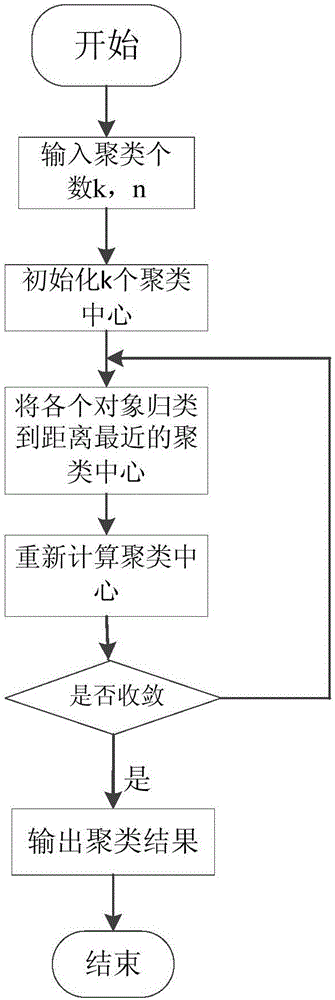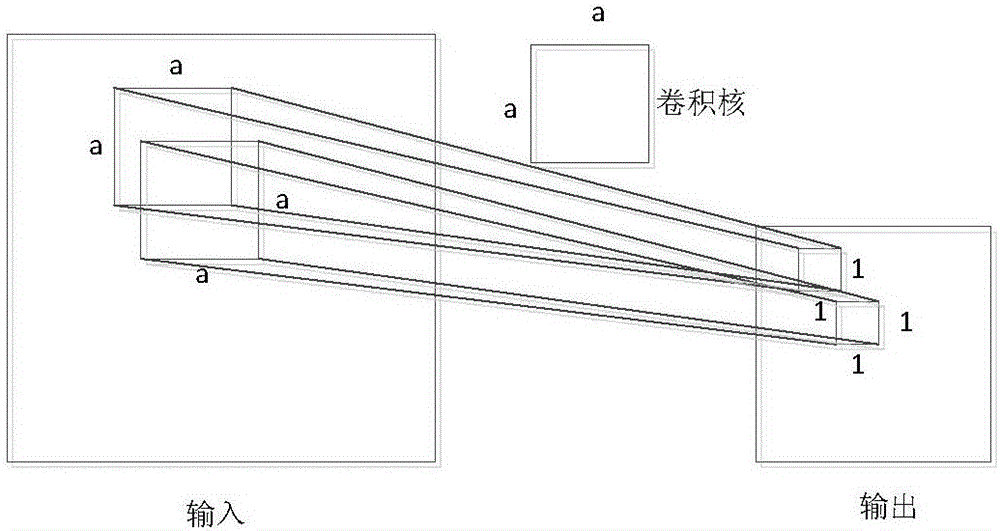K-means and deep learning-based image classification algorithm
A classification algorithm and deep learning technology, applied in the information field, can solve the problems of insufficient training samples and gradient dispersion, and achieve the effect of less training parameters, high time efficiency, and improved image classification effect.
- Summary
- Abstract
- Description
- Claims
- Application Information
AI Technical Summary
Problems solved by technology
Method used
Image
Examples
Embodiment Construction
[0056] The present invention will be further described in detail below in conjunction with the accompanying drawings and specific embodiments.
[0057] Such as figure 1 with figure 2 Shown, a kind of image classification algorithm based on K-means and deep learning of the present invention comprises the following steps:
[0058] 1) Take an unlabeled image as an input image, and randomly extract image blocks to form an unlabeled image set of the same size. In this embodiment, the number of samples in the unlabeled image set is set to 100,000, and the size of the corresponding samples is an image block of 12*12*3.
[0059] Preprocess the unlabeled image set, including normalization and whitening.
[0060] The normalization process is as follows:
[0061]
[0062] Among them, x is a sample of the input unlabeled image set, Indicates the samples in the unlabeled image set after normalization processing, var and mean represent the variance and mean, respectively, and σ is...
PUM
 Login to View More
Login to View More Abstract
Description
Claims
Application Information
 Login to View More
Login to View More - R&D
- Intellectual Property
- Life Sciences
- Materials
- Tech Scout
- Unparalleled Data Quality
- Higher Quality Content
- 60% Fewer Hallucinations
Browse by: Latest US Patents, China's latest patents, Technical Efficacy Thesaurus, Application Domain, Technology Topic, Popular Technical Reports.
© 2025 PatSnap. All rights reserved.Legal|Privacy policy|Modern Slavery Act Transparency Statement|Sitemap|About US| Contact US: help@patsnap.com



